
Privacy statement: Your privacy is very important to Us. Our company promises not to disclose your personal information to any external company with out your explicit permission.
PRODUCT CATEGORIES
View:
Brand: Xinhuafeng
Packaging: wooden case packing
Supply Ability: 100000 Piece/ per Month
Min. Order: 1 Piece/Pieces
Certificate: ISO9001
Pipe cap: The sealing protection and pressure-bearing core at the end of the pipelineEnd cap, also known as pipe cap, plug, cover, etc., is a key pipe fitting used to seal the end of pipelines. It is fixed at the end of the pipeline through welding or threaded connection and undertakes the important functions of...
China End Cap Suppliers

Material
PVC, stainless steel, carbon steel, plastic, etc.
Application
water, beverages, beer, food, petrochemical, nuclear power, machinery, medical equipment, fertilizer, shipbuilding, waterproofing and other fields.
Product Detail
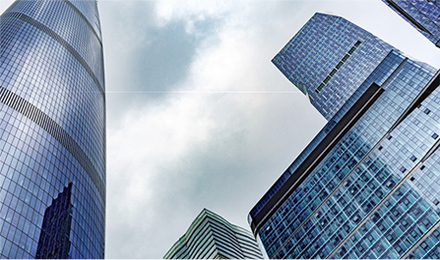



Application areas
The application areas of pipelines are very wide, mainly including municipal engineering, building water supply and drainage, industrial production, agricultural irrigation, new energy and other fields.

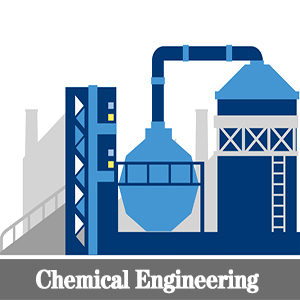
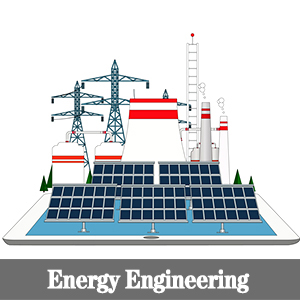
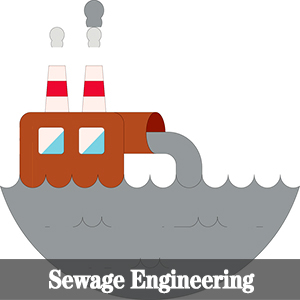
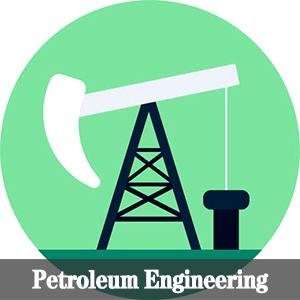

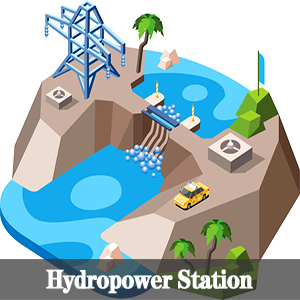
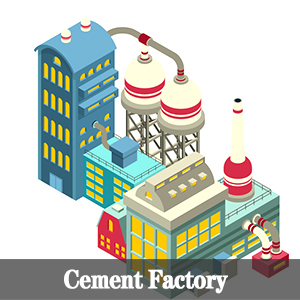
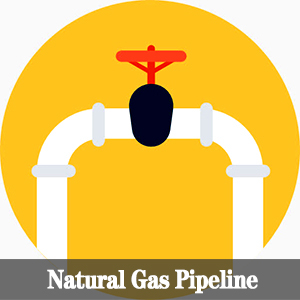
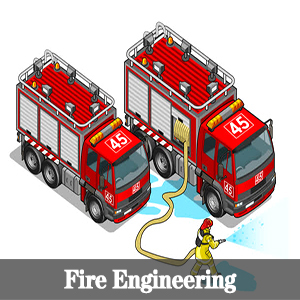


FAQ
Important things you should know








Home > Products > Butted Weld Fittings > End Cap
Send Inquiry

Ms. Jing Wang
Related Products List
Mobile Site


Privacy statement: Your privacy is very important to Us. Our company promises not to disclose your personal information to any external company with out your explicit permission.

Fill in more information so that we can get in touch with you faster
Privacy statement: Your privacy is very important to Us. Our company promises not to disclose your personal information to any external company with out your explicit permission.